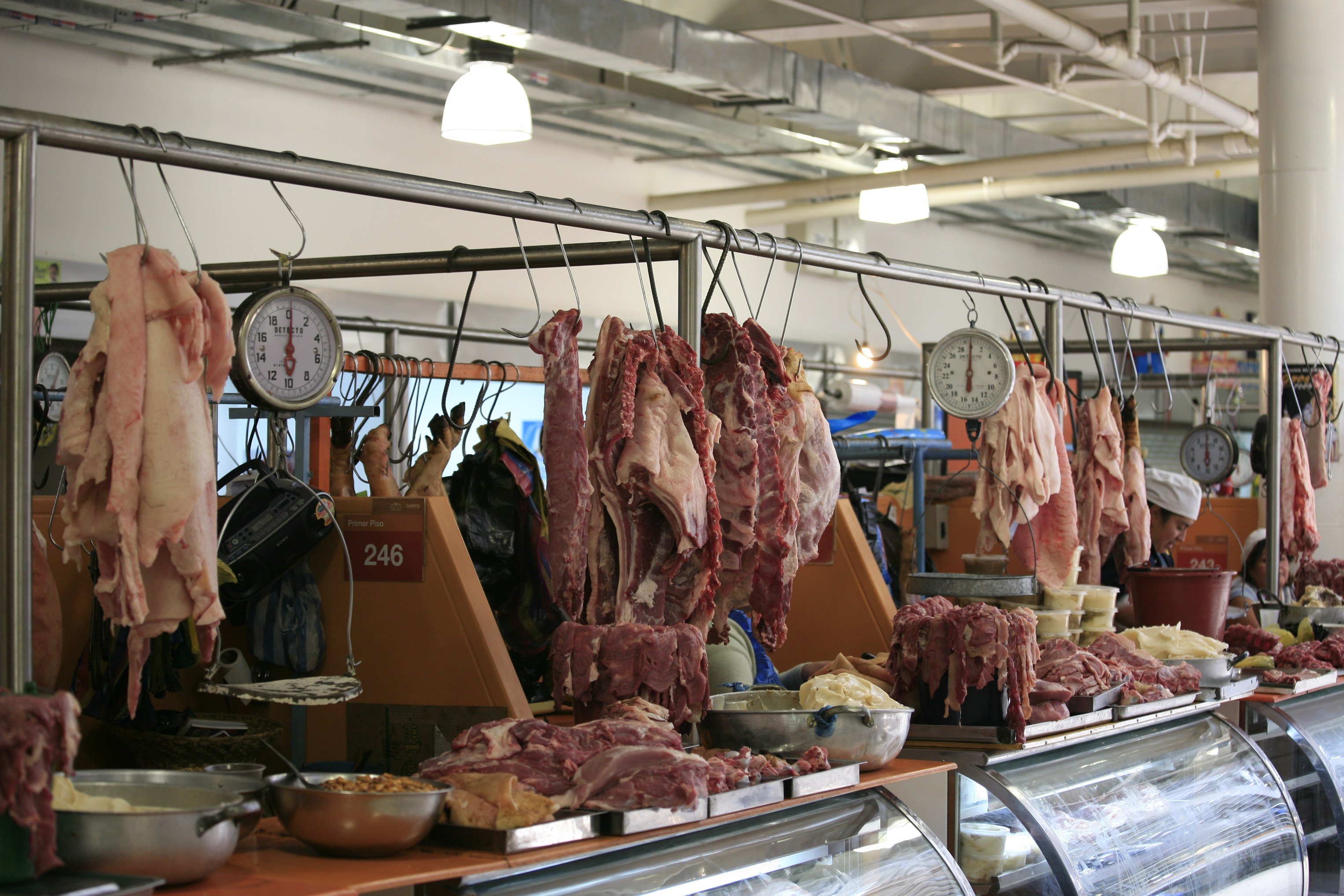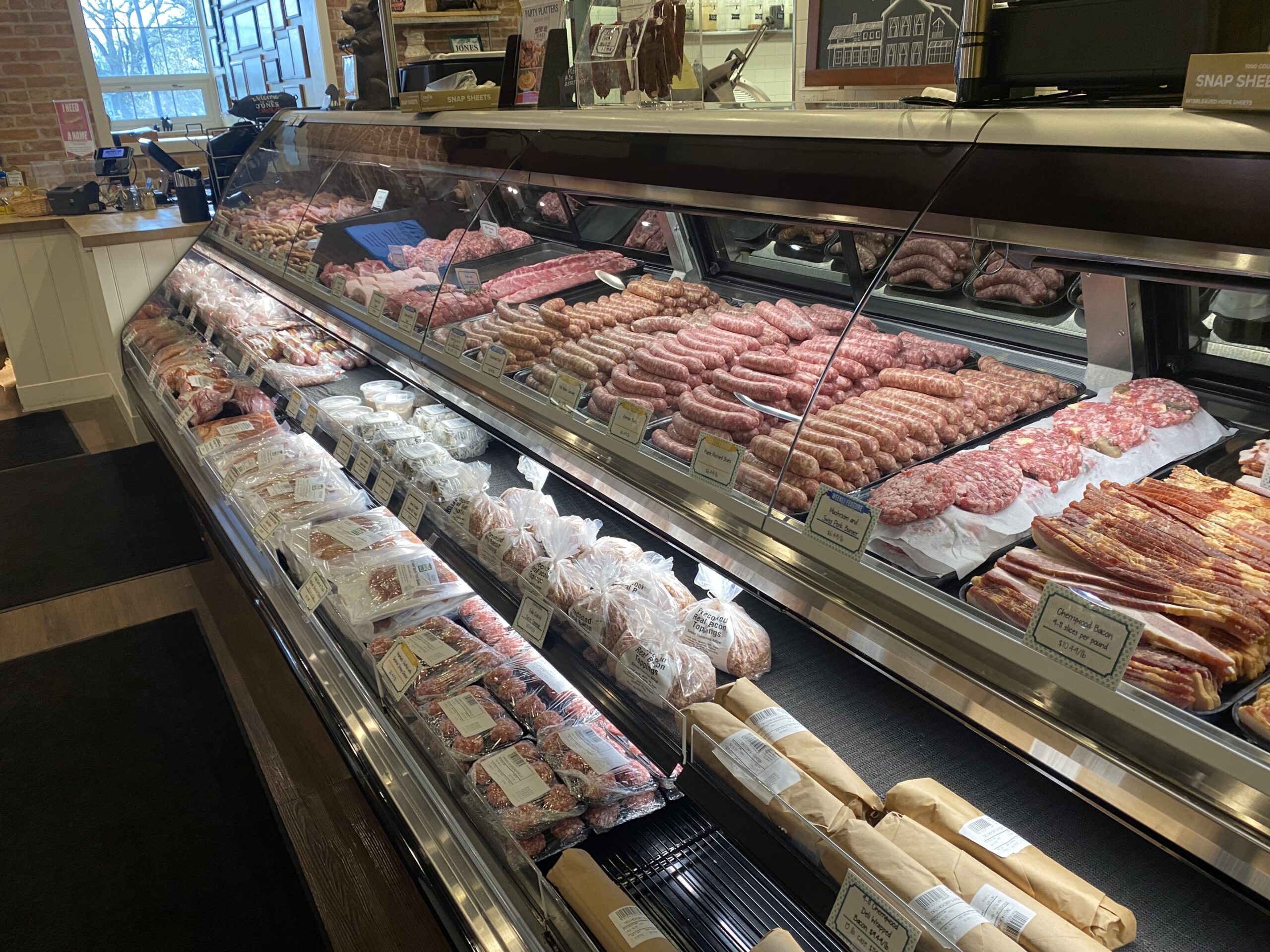Top Factors to Patronize Bagley Farms Meat Market Edwardsville IL for Premium Meats
Top Factors to Patronize Bagley Farms Meat Market Edwardsville IL for Premium Meats
Blog Article
Reveal the Art of the Butcher's Cut in a Modern Meat Market
In the ever-evolving landscape of modern meat markets, the butcher's cut has actually transcended its standard roots, combining age-old workmanship with contemporary techniques. What really establishes the contemporary butcher apart is their ability to create a much deeper connection in between consumers and the beginnings of their meat.
Development of Butchery Strategies
The evolution of butchery methods reflects an abundant tapestry of innovation and adaptation driven by advancements in innovation, adjustments in consumer need, and a deeper understanding of meat science. Historically, butchery was a craft gave through generations, with techniques honed over centuries to make best use of yield and taste. However, the industrial change ushered in mechanization, changing typical methods and making it possible for large-scale processing.
The mid-20th century saw butchery techniques even more improved by clinical insights into muscle mass biology and meat aging, boosting both tenderness and taste. Developments like vacuum cleaner product packaging and refrigeration extended product shelf-life, enabling butchers to branch out offerings and boost quality assurance. This period likewise noted the surge of specialized devices, such as band saws and meat slicers, which raised precision and efficiency in meat processing.

Digital systems currently aid in tracking animal provenance and optimizing cuts to meet specific client choices. Additionally, a renewal in artisanal butchery has arised, blending conventional abilities with contemporary knowledge to provide to customers seeking moral and sustainable meat options.
Recognizing Meat Cuts
Comprehending the ins and outs of meat cuts is essential for both butchers and consumers looking for quality and worth. For butchers, exact cuts mirror skill and regard for the craft, ensuring minimal waste and optimum return.

Comprehending muscular tissue structure is essential; muscular tissues utilized much more regularly by the animal tend to be harder and are best fit for slow-moving food preparation techniques, while less-used muscular tissues, like those located in the loin, are much more tender and suitable for barbecuing or roasting. Familiarity with these differences encourages consumers to make informed options, enhancing their culinary endeavors.
Selecting Top Quality Meat
Selecting the best meat entails even more than just selecting a visually appealing item from the display screen. The art of selecting quality meat needs go to the website a critical eye and knowledge of particular features that signify freshness and excellence.
Second of all, take into consideration the marbling, which refers to the white flecks of fat within the muscle. Appropriate marbling is a crucial indication of inflammation and flavor, as it melts during cooking, improving the meat's juiciness. Keep in mind, greater marbling often correlates with premium high quality cuts, such as USDA Prime.
Structure is one more important variable; meat needs to really feel strong to the touch, not slimed or extremely soft. In addition, be conscious of the aroma. Fresh meat should have a tidy, neutral scent, free from any sour or off-putting smells.
Pairing Cuts With Food Preparation Approaches

Alternatively, tougher cuts like brisket and chuck roast are rich in collagen, which damages down right into jelly when cooked slowly. These cuts are optimal for braising or slow-moving roasting, permitting the meat to tenderize in time and create deep, intricate tastes. Similarly, cuts such as short ribs and pork shoulder make out well with slow-cooking approaches, where extended cooking times transform their robust structures right into delicious meals.
Lamb shanks and oxtail, which call for long term food preparation to go to my site soften, are perfect candidates for stewing or sluggish simmering. These approaches coax out rich, hearty flavors while preserving dampness. By recognizing the one-of-a-kind features of each cut, chefs and home chefs alike can elevate their culinary developments, making certain each dish is both pleasing and unforgettable.
The Butcher's Role Today
Browsing the advancing landscape of the modern meat market, the butcher's duty today expands beyond simple preparation of cuts. Contemporary butchers are cooking craftsmens, educators, and advocates for sustainable techniques.
In addition to crafting exact cuts, butchers currently engage directly with customers, supplying cooking guidance and customizing selections to fit private needs and preferences. Their experience in meat aging, marbling, and taste profiles equips consumers to make enlightened choices, improving their culinary experiences. This individualized solution exhibits the butcher's advancing duty as a trusted consultant in the cooking web link area.
Furthermore, butchers are crucial in decreasing waste, making use of whole animals to produce diverse items such as sausages and supplies. This extensive method not only appreciates the animal yet likewise aligns with contemporary sustainability goals. This way, the contemporary butcher personifies both practice and technology, adapting to an ever-changing market while preserving the artistry and stability of their craft.
Conclusion
The modern butcher's craft delicately weaves typical strategies with modern-day advancements, highlighting lasting techniques and moral sourcing. Proficiency in recognizing varied meat cuts and quality indicators equips butchers to offer educated referrals, aligning specific cuts with optimal cooking methods. This competence not only elevates cooking experiences but also strengthens the connection in between consumers and the beginnings of their food. By recognizing historic practices while embracing contemporary needs, the butcher's function stays important in today's advanced meat market (bagley farms meat market edwardsville il).
Report this page